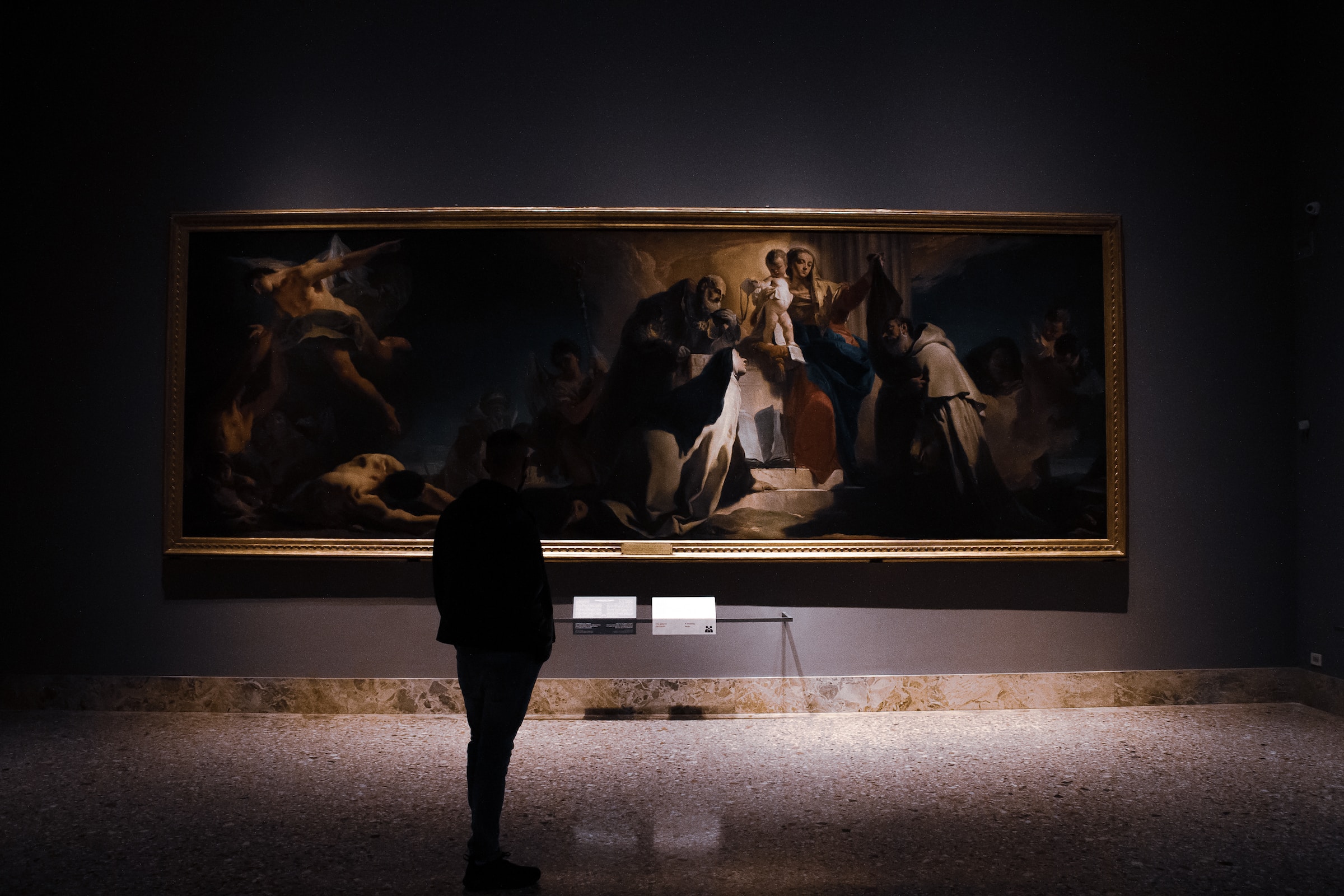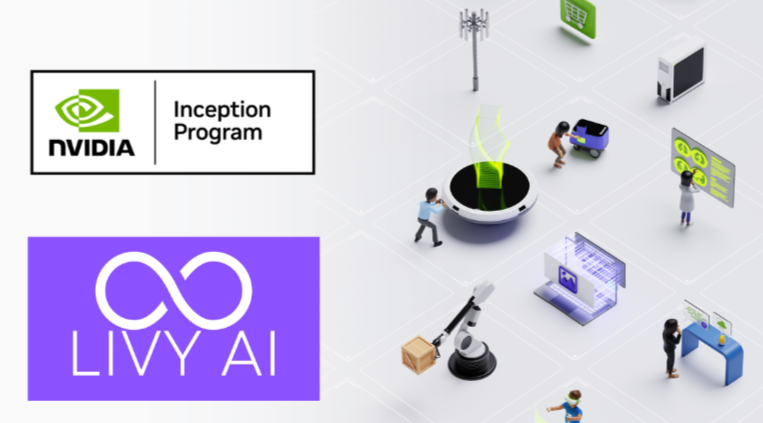
Introduction:
In a world where technology continually intersects with creativity, AI-powered platforms like Livy.AI are reshaping the landscape of art generation. Whether you're a digital artist, a creative professional, or someone looking to dabble in design, Livy.AI provides an intuitive and accessible solution to foster your creative endeavors. This article delves into how you can harness the power of Livy.AI to generate high-quality art and explores the unique features that set it apart in the crowded AI art generation domain.
What is AI Art?
In the bygone eras, art was born from the nimble hands and imaginative minds of humans. Fast forward to the 21st century, machines programmed with complex algorithms are now capable of producing artworks that reflect a blend of mathematical precision and aesthetic appeal. This intersection of artificial intelligence and artistry is known as AI Art. As intriguing as it sounds, how does AI manage to create art? Let's dive into the realm where pixels meet creativity and algorithms generate aesthetics.
The Genesis of AI Art:
AI Art is a burgeoning field where algorithms are employed to create visual artworks. Unlike traditional art forms, AI art begins with a code and ends with an image that can be as captivating as a human-made masterpiece. The process involves feeding a machine learning model, typically a type of neural network, with vast datasets of existing art. Through analyzing patterns, colors, and styles in these datasets, the AI learns to generate new pieces of art.
The Core Technology: Neural Networks
The primary technology driving AI art is a form of machine learning known as neural networks, which mimic the way human brains process information. Here are the key elements:
- Deep Learning:
- A subset of machine learning, deep learning facilitates the training of neural networks using large amounts of data to recognize patterns and make decisions.
- Generative Adversarial Networks (GANs):
- GANs are a class of artificial intelligence algorithms that consist of two networks, the generator and the discriminator. The generator creates new data instances, while the discriminator evaluates them against the training data. This competition hones the generator's ability to create high-quality, novel images.
- Convolutional Neural Networks (CNNs):
- These are especially adept at processing images. They can analyze and identify patterns within datasets, providing the foundation for image generation.
Crafting Art: The Process
The journey from code to canvas follows a systematic process:
-
Data Collection:
- A vast dataset of artworks is compiled, encompassing various styles, epochs, and artists.
-
Training:
- The neural network is then trained on this dataset. It learns by analyzing the intricacies of each artwork, understanding color schemes, styles, and compositional structures.
-
Generation:
- Post-training, the AI is now capable of generating new artworks based on the patterns it has learned.
-
Refinement:
- Some AI art platforms allow for human intervention to refine the generated images, embodying a collaborative effort between man and machine.
AI Art in Action: Examples
Notable instances of AI art have made headlines and even found their way into prestigious auction houses. For example, the portrait titled "Edmond de Belamy," generated by a GAN, was sold for a staggering $432,500 at Christie's.
Challenges and Ethical Implications
While AI art is fascinating, it's not devoid of challenges and ethical dilemmas:
-
Originality:
- The question of originality looms large as AI generates art based on pre-existing works.
-
Copyright:
- Who owns the copyright to AI-generated art? The programmer, the operator of the AI, or the AI itself?
-
Value:
- What value does society place on a piece of art devoid of human emotion and personal experience?
The Future of AI Art
The confluence of AI and art is evolving rapidly, with artists and technologists exploring new horizons:
-
Collaborative Creations:
- Artists are collaborating with AI to extend their creative boundaries.
-
Educational Tools:
- AI art generators serve as educational tools for aspiring artists to learn and experiment.
-
Commercial Applications:
- Businesses are employing AI art for advertising, product design, and beyond.
In conclusion, AI art is not merely a fleeting tech gimmick but a profound development that's redefining the contours of creativity. It’s a testimony to the boundless possibilities that arise when human ingenuity dovetails with machine precision. Whether a threat or a boon to the traditional art world, AI art is undoubtedly a mesmerizing blend of code and creativity, inspiring awe and reflection in equal measure.
Exploring Livy.AI:
Livy.AI emerges as a comprehensive AI-powered content generating platform capable of crafting images, text, screenplays, and text-to-voice content. What sets Livy.AI apart from the competition is its seamless integration with acclaimed AI models like Dall-E and Stable Diffusion. These integrations empower users to transcend conventional boundaries and create with newfound freedom and precision.
Getting Started:
Embarking on your creative journey with Livy.AI is a breeze. Here's how you can get started:
1. Sign up for a free account on https://Livy.ai.
2. Once signed up, enter the kind of image you desire to create, and voila! Your artistic endeavor begins.
User-Friendly Interface:
Livy.AI prides itself on a user-friendly interface that ensures a smooth sail for both seasoned artists and novices. The streamlined design and intuitive controls make content generation an enjoyable process rather than a daunting task.
Resources and Community Support:
Livy.AI offers extensive documentation to assist users with any questions or hurdles they might encounter along their creative journey. You can access a wealth of information at https://docs.livy.ai to maximize your experience on the platform.
Quality of Generated Art:
The platform stands out with its ability to produce high-quality art, a testimony to its advanced AI integration. Whether you're looking to create character designs or unique AI images, the output invariably resonates with quality and professionalism.
Creative Applications:
Users have tapped into Livy.AI's potential for a myriad of creative projects. From character creation to generating captivating AI images, the platform serves as a hotbed for creative exploration and professional use.
User Testimonials:
Users rave about the ease of use Livy.AI offers, which significantly enhances the creative process, allowing more time for conceptualization and less on troubleshooting.
Upcoming Features:
Livy.AI is on a relentless pursuit of improvement with plans to enhance AI image generation capabilities and integrate with other major platforms. These forthcoming features underline Livy.AI's commitment to remaining at the forefront of AI art generation.
Conclusion:
Livy.AI is more than just an AI art generator; it's a companion for your creative journey. Its user-friendly interface, high-quality output, and robust support system make it a compelling choice for anyone looking to delve into the realm of digital art creation. As Livy.AI continues to evolve, the possibilities it offers to the creative community are boundless. Sign up today and embark on a journey of endless artistic exploration.

